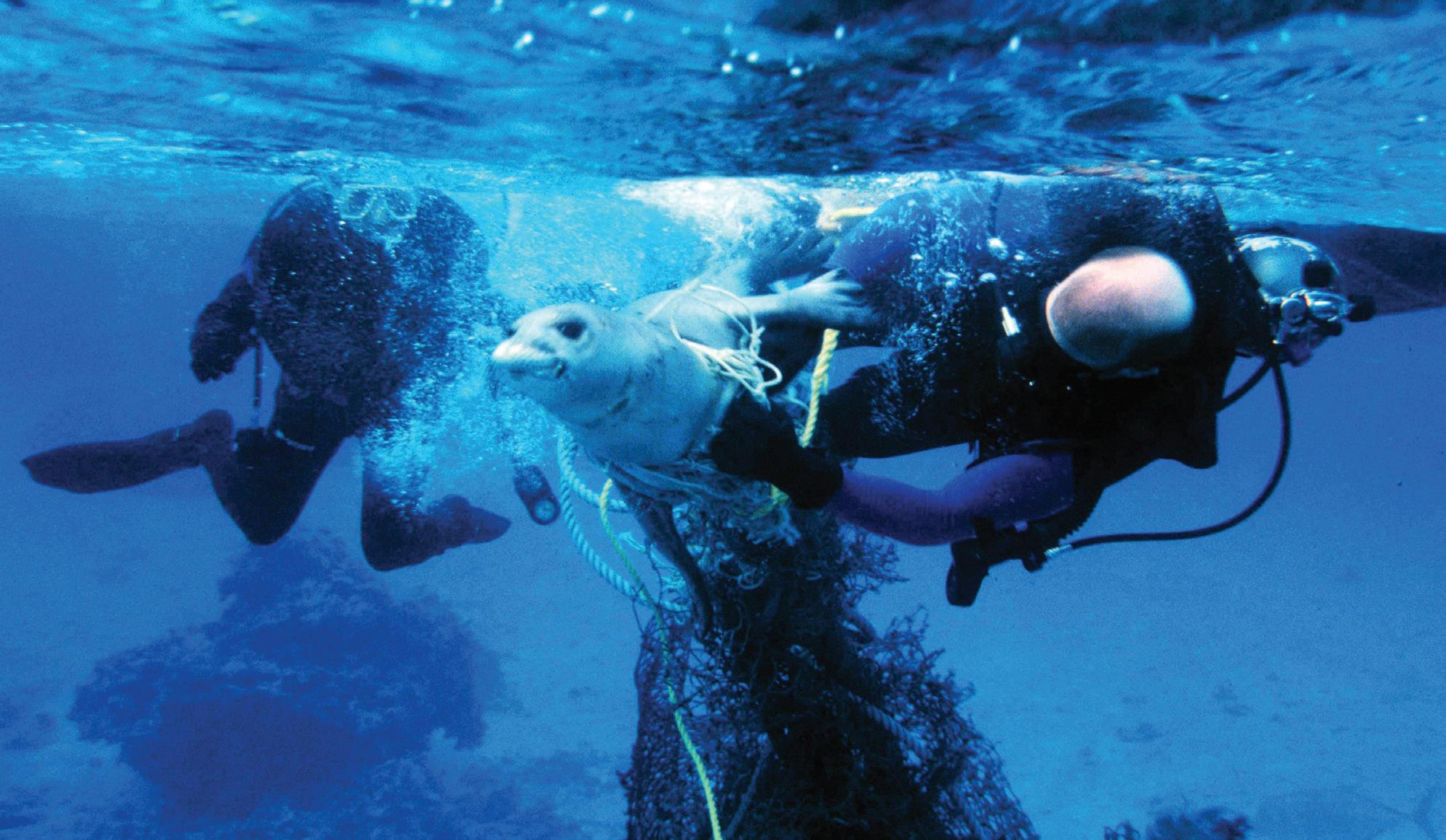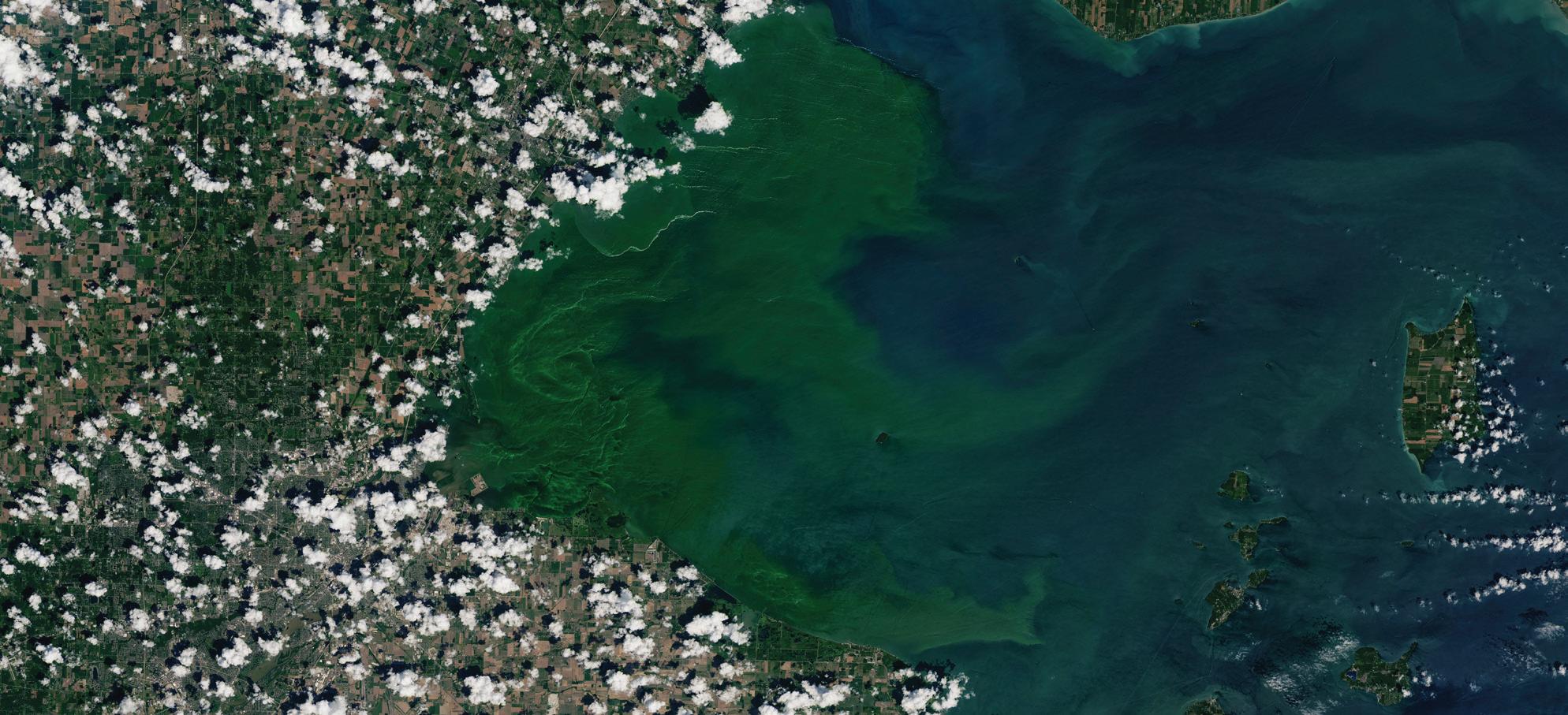NOAA FUTURE
Stewards of the Ocean
Leading the way to cleaner, healthier, more sustainable oceans By Craig Collins
F
2013
A NOAA Fisheries team researching Pacific Leatherback turtles homes in on a previously tagged individual to recover behavioral video data. NOAA strives to preserve, protect, and restore the health of the nation’s ocean resources.
Shelf, and many kelp-dependent fish and wildlife have returned. The transformation of an underwater wasteland into a healthy, resilient ecosystem was one of many small victories engineered in recent decades by NOAA and its partners in the nation’s coastal waters. Such victories are hard-earned: in the 50 years since NOAA came into existence, the ocean has become a more difficult – or at least a very different – place for many marine species to thrive: warmer, more acidic and more polluted. Our fates are tied to the ocean. The World Wildlife Fund estimates the oceans’ natural capital to be worth at
least $24 trillion to the world, with an additional $2.5 trillion in ocean goods and services produced annually. The ocean provides the primary source of protein for 35 percent of the world’s population, produces half the oxygen we breathe, and absorbs 30 percent of the world’s CO2 emissions. The health of the planet – and every organism on it, including us – depends on a healthy ocean. America’s marine economy, including goods and services, depends on a healthy ocean. It contributed about $373 billion to the nation’s gross domestic product in 2018 and grew faster than the nation’s economy as a whole,
The Alaska Tsunami Warning Center is renamed the National Tsunami Warning Center. Its responsibilities cover the areas of the U.S. Pacific, Atlantic, and Gulf Coasts, British Columbia, Puerto Rico, the Virgin Islands, and the Atlantic Coast of Canada.
154
NOAA/JOHN DOUGLAS, MOSS LANDING MARINE LABORATORY
or more than 30 years after a chemical manufacturer stopped dumping waste into the sewers of Los Angeles, the kelp forests of the Palos Verdes Shelf, an ecosystem contaminated with the pesticide DDT and other toxins, recovered slowly. By the early 2010s, only about 25 percent of the original kelp canopy had been restored, stalled in a negative feedback loop: without kelp to provide habitat and cover for animals that fed on sea urchins, the urchins – which devour kelp and other algae – had transformed the area into an “urchin barren,” teeming with spiny animals that gobbled up new kelp plants before they had a chance to grow. After years of monitoring, research and planning, NOAA and its partners sprang into action. Teams of NOAA-certified volunteer divers ventured out to gather urchins – by the summer of 2020, 4.2 million urchins had been collected in more than 8,000 hours underwater – freeing up space for new kelp plants to grow, provide cover for urchin predators such as sea otters, and restore a healthy balance to coastal waters. 55 acres of kelp forest have been restored so far, on the Palos Verdes









































